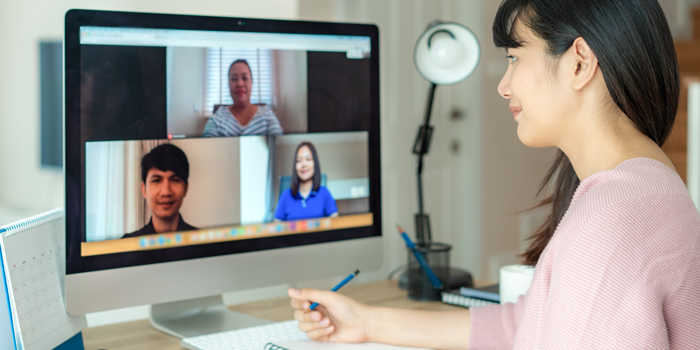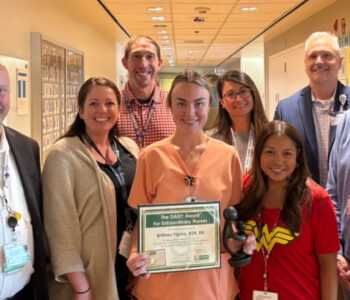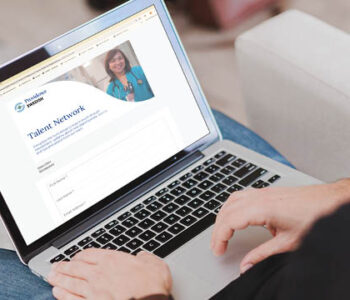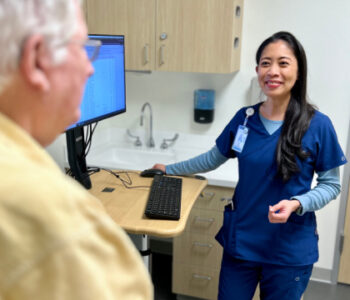 Organization/Industry
Organization/Industry
Four steps to a successful virtual interview
Changes brought about by the COVID-19 pandemic are extending to the hiring process. In order to practice proper social distancing across all our regions and locations, we’ve been offering virtual interviews as an alternative to in-person interviews as we work to fill critical, patient-facing roles.
If you’re scheduled for a virtual interview, here are some tips to help make sure it’s as successful as possible.
Prepare your tech and environment
Though most of us have participated in virtual meetings at this point, it’s still a good idea to do a dry run before the interview starts to make sure you won’t need to problem-solve technical issues real-time. Make sure you have a strong, reliable Wi-Fi signal. Position yourself in front of a neutral background where you can be comfortable and look professional. Avoid using distracting virtual backgrounds so the interviewer can focus on you, not the space scene behind you. And if you’re interviewing over the computer, have your phone handy in the event the audio drops and you need to dial in.
Though we see viral videos of adorable pets and children interrupting meetings, you probably want to avoid that for the sake of focus and arrange for someone else to keep them occupied while you’re being interviewed.
Prepare your message
Think about questions you’ll likely be asked—and write out your answers beforehand. One of the benefits of a virtual interview is that you can make sticky notes reminding you of key points you’d like to share about yourself. Sometimes, we can go blank when asked a question, particularly if we’re nervous. Even one- or two-word prompts to remind you of that time when you showed leadership, or that time you overcame a challenge in the workplace, could go a long way toward making yourself memorable to the interviewer.
Prepare your look
Newscasters don’t broadcast from home in suits and you don’t need to wear one for a virtual interview, either. That’s not to say you shouldn’t look professional. Test your home setup to determine which colors look best on you on video. Usually, it’s best to avoid bright white or busy patterns.
Also, try to avoid being backlit when you’re on-screen. Your interviewers want to see your face, so be sure there’s a light on in front of you.
Relax!
Lastly, relax! You’ve prepared well for this—now is your time to shine. And you can do that just as well through a computer screen as you can from across a desk. Good luck!










